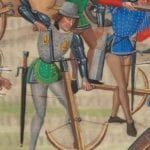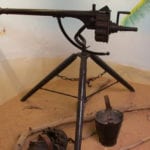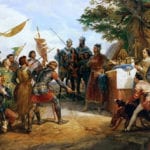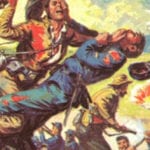 Creepy
Creepy  Creepy
Creepy  Religion
Religion 10 Innovations and Discoveries Made by Monks
 Weird Stuff
Weird Stuff 10 Horrifying Final Destination-Like Accidents
 Movies and TV
Movies and TV 10 Music Biopics That Actually Got It Right
 History
History 10 Momentous Events That Also Occurred on July 4th
 Animals
Animals 10 Times Desperate Animals Asked People for Help… and Got It
 Movies and TV
Movies and TV 10 Movie Flops That Found Their Way to Cult Classic Status
 History
History 10 Things You Never Knew About Presidential First Ladies
 Movies and TV
Movies and TV 10 Zombie Movies That Will Actually Terrify You
 Humans
Humans 10 Times Scientists Were Absolutely Sure… and Absolutely Wrong
 Creepy
Creepy 10 Creepy Discoveries Made During Home Renovations
 Religion
Religion 10 Innovations and Discoveries Made by Monks
 Weird Stuff
Weird Stuff 10 Horrifying Final Destination-Like Accidents
Who's Behind Listverse?

Jamie Frater
Head Editor
Jamie founded Listverse due to an insatiable desire to share fascinating, obscure, and bizarre facts. He has been a guest speaker on numerous national radio and television stations and is a five time published author.
More About Us Movies and TV
Movies and TV 10 Music Biopics That Actually Got It Right
 History
History 10 Momentous Events That Also Occurred on July 4th
 Animals
Animals 10 Times Desperate Animals Asked People for Help… and Got It
 Movies and TV
Movies and TV 10 Movie Flops That Found Their Way to Cult Classic Status
 History
History 10 Things You Never Knew About Presidential First Ladies
 Movies and TV
Movies and TV 10 Zombie Movies That Will Actually Terrify You
 Humans
Humans 10 Times Scientists Were Absolutely Sure… and Absolutely Wrong
10 Filibusters And Military Adventurers From History
Irregular warfare is ancient. Before the advent of modern armies, mercenaries and warlords littered the battlefield and implemented what we would today call “guerrilla warfare tactics.” Even after the creation of professional forces, war has remained a magnet for military adventurers or other thrill seekers attracted to profits or the chance to taste conflict. In the 19th century, the term “filibuster,” which is now more often used in the context of long speeches intended to support or criticize legislative measures, was applied to a wide variety of independent and unauthorized military adventurers that managed to capture cities and even entire countries.
These filibusters were frequently successful, and their military conquests helped to launch individual political careers. In other instances, military adventurers helped to push the world further to the brink of total war, especially in the wake of the territorial changes that accompanied the end of World War I. Flamboyant and always controversial, these filibusters and military adventurers left indelible marks on their epochs. In many ways, we are still dealing with the consequences today.
10Gabriele D’Annunzio
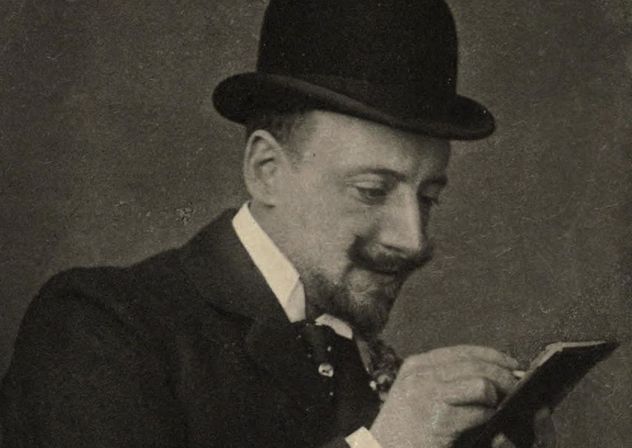
A titan of post–World War I Italian politics, Gabriele D’Annunzio began his life as a Decadent poet and novelist. He was also a devout follower of Friedrich Nietzsche, a well-known lothario who frequently forced his housekeepers to sleep with him, and a self-promoter who dubbed himself L’Immaginifico, or “the Great Creator.” D’Annunzio was also a noted war hawk who preached an early, protofascist philosophy of violence as a moral and social “hygiene.”
After demonstrating that he could remain airborne for the required time to cross the Alps in northern Italy, D’Annunzio undertook a propaganda flight over Habsburg Vienna in 1918. The nationalist leaflets warned the citizens of Vienna that the Italian Air Force could drop bombs but had instead chosen to warn Austria-Hungary that the war was over and Italian gains in the north and on the Adriatic were inevitable.
Despite these claims, D’Annunzio and other Italian nationalists were angered by the Treaty of Versailles and the perceived lack of respect for Italian land claims. In order to correct this wrong, D’Annunzio, recent veterans from the Italian Army and Navy, and a ragtag collection of anarchists, socialists, and fascists captured the Croatian city of Rijeka and renamed it the “Italian Regency of Carnaro.” Under Carnaro’s constitution, which D’Annunzio co-authored in 1920, music was given preference over all arts, while syndicalist notions concerning individual equality were melded with corporatist economics and official hedonism.
Despite being a clear influence on Benito Mussolini and the Italian Fascist movement, D’Annunzio eventually ran afoul of the Italian government. In January 1924, Italian forces attacked Carnaro and formerly annexed the city as Fiume. In the aftermath, D’Annunzio retired to a private villa on Lake Garda.
9Roman von Ungern-Sternberg
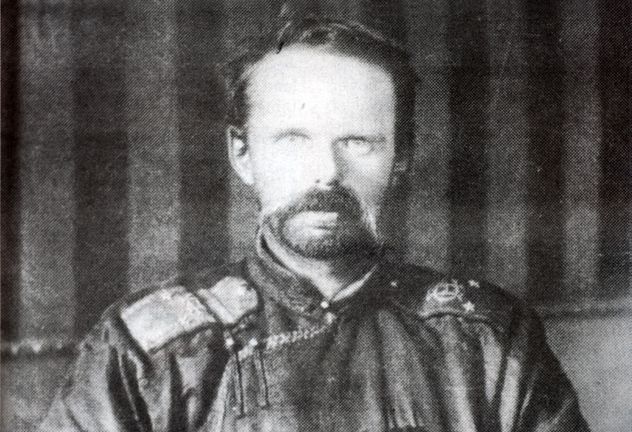
An Estonian noble of German extraction, Baron Roman von Ungern-Sternberg gained fame as an anti-Bolshevik general, a monarchist, and a Buddhist warrior who made himself the last khan of Mongolia. During the Russian Civil War in 1920, von Ungern-Sternberg led a private army composed of White Russian, Japanese, Mongol, and Tatar troops into Chinese-occupied Mongolia. Backed by Mongolian nationalists, von Ungern-Sternberg pulled off a major victory in February 1921 when his forces captured the capital city of Urga (today’s Ulaanbaatar) from a larger Chinese force. Under von Ungern-Sternberg’s command, the Bogd Khan, the spiritual and temporal ruler of Mongolia, was put in power, while von Ungern-Sternberg installed himself as the chief warlord of Outer Mongolia.
During von Ungern-Sternberg’s rule, suspected Bolsheviks were harassed and killed, while Jews were singled out for extralegal purges. Von Ungern-Sternberg’s dream of a recreated Chinese empire headed by Mongolian-Russian nobility was dashed in the summer of 1921, when Bolshevik forces entered Mongolia en route to capturing Urga. By August, the superior Bolshevik army split Ungern-Sternberg’s forces in half and captured the “Mad Baron.” The 35-year-old was tried and executed by a firing squad.
8William Walker
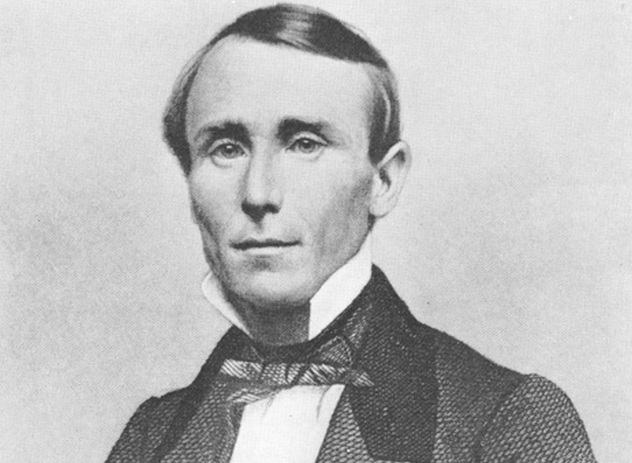
The subject of director Alex Cox’s experimental 1987 film Walker, William Walker was a Tennessee-born physician and journalist who became famous in the 19th century for funding and leading several American mercenaries into Latin America for the purpose of establishing English-speaking colonies. In June 1855, Walker and his private army landed in Nicaragua at the behest of the embattled Liberals, who were then fighting Nicaraguan Conservatives and other right-wing factions from across Central America.
Walker, who was financially backed by the shipbuilder and capitalist C.K. Garrison, landed in Realejo with 57 Californians and took control of Granada by October. Unlike his earlier assaults on Baja California and the Mexican state of Sonora (both invasions ended after poor logistic planning and a few skirmishes with Mexican irregulars forced Walker to retreat to the border and surrender to American forces), Walker was put in charge of a Liberal-American force known as the La Falange Americana, or “the American Phalanx.”
But not long after some military successes, Walker, known as the “grey-eyed man of destiny,” began to struggle with the Liberal leaders. Ultimately, Walker staged a coup and named himself president of Nicaragua in 1856. President Walker’s tenure, which saw the legalization of slavery and the establishment of English as the official language, was short, and a combined Liberal-Conservative army forced him to seek shelter with a US Navy ship. A later expedition in 1860 resulted in the public execution of Walker by a Honduran firing squad.
7Frederick Townsend Ward
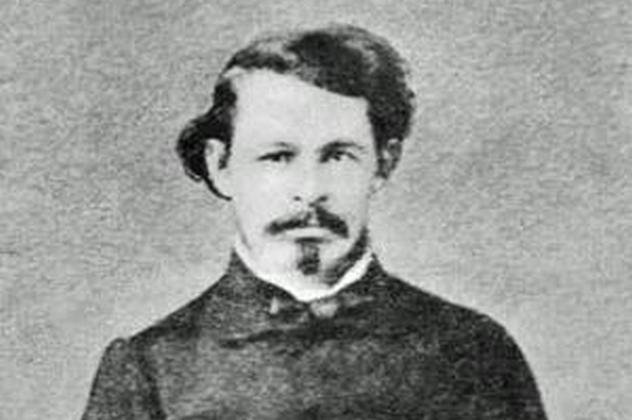
Unlike most American military adventurers in the 19th century, Frederick Townsend Ward was not a Southern-born patrician. A son of Salem, Massachusetts, Ward began his life as a sailor aboard a clipper ship. His first taste of exotic danger came when his New England ship and crew docked in a Hong Kong ruled by the Qing dynasty. After a brief spell at Norwich University in Vermont (which was then known as “The American Literary, Scientific and Military Academy”), Ward returned to sea and participated in the various big events of the day as a sailor and, later, as a mercenary.
In the 1860s, Ward returned to China while the country was busy suppressing the Taiping Rebellion—a decades-long civil war inspired by religious mania that killed approximately 20 million people. From his base a few miles outside of Shanghai, Ward commanded the Ever Victorious Army, a pro-Qing force that was Western-trained and included members of the expatriate American community in China. In 1860, Ward’s Western mercenaries kept Taiping rebels from seizing Shanghai, but instead of congratulations, Ward was arrested by nominally neutral British forces. After escaping, Ward reorganized his force as a Chinese army led by Western officers. This new army, while arrogant and despised by regular Qing soldiers, earned several victories on the ground, thus forcing the reluctant Qing government to financially support it.
Known as a “swashbuckler,” Ward died in battle in 1862 while his Ever Victorious Army tried to take the walled city of Cixi from Taiping rebels. Ward was shot four times and died a painful death after taking a musket ball to the stomach.
6Josef Bischoff
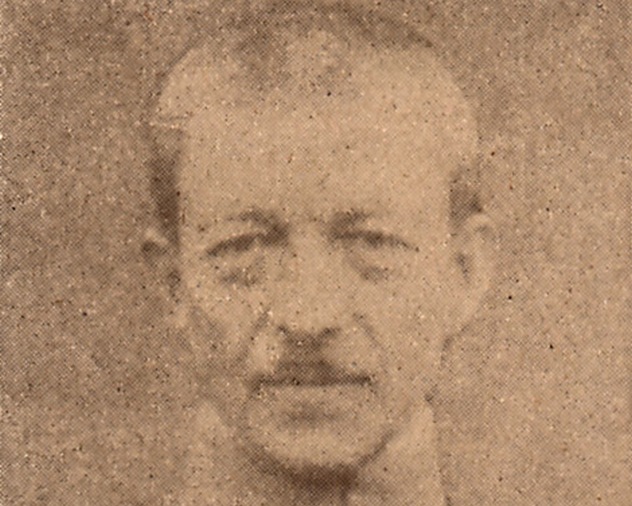
The Russian Revolution not only caused the downfall of the Romanov family. In 1917, it caused the future independent nations of Lithuania, Latvia, and Estonia to be ceded to Germany, thus unintentionally recreating the medieval state of the Teutonic Knights, a German Catholic order of knights who controlled the Baltic Sea for centuries as part of the Northern Crusades. As an occupying power, the German Army favored the German Baltic minority in Latvia and Estonia as a bulwark not only against nationalist movements but also the encroaching power of Soviet Russia.
When the German Army left in 1918, several veterans and German Baltic nobles refused to leave the area and instead established paramilitary units collectively known as the Freikorps. Better known for engaging in street fights in Weimar Germany, as well as being some of the earliest national socialist organizations in German life, several Freikorps units were active in the Baltic states during the various wars of independence that erupted after 1918. The most famous Freikorps unit in the Baltic was the Iron Division, which was led by the former German Army officer Major Josef Bischoff, a career military man. In 1919, the Iron Division successfully defended the Latvian region of Courland against a Red Army incursion.
Under Major Bischoff, the Freikorps and other German and Baltic German units began to turn the anti-Bolshevik crusade in the Baltic states into a war for plunder and gain. More ominously, many Freikorps soldiers began to see Latvia and Estonia as German property, thereby stoking the type of irredentist attitudes that would help put Adolf Hitler into power. As for Bischoff, he continued his anti-communist activities years after the Baltic Germans failed to establish ethno-states in Latvia and Estonia. During the 1920s, Bischoff not only ran and operated an anti-Bolshevik propaganda center in the Ukrainian city of Odessa, but he was also implicated in Hitler’s failed Beer Hall Putsch.
5Chatham Wheat
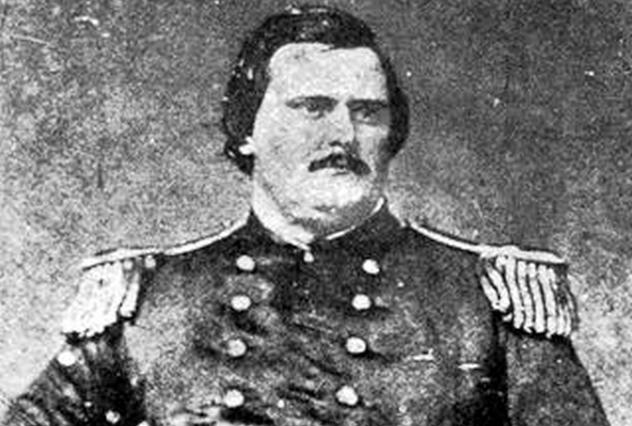
For US Civil War buffs, the name Chatham Wheat is synonymous with the First Special Battalion of Louisiana Infantry, better known as the Louisiana Tigers. Under the 193-centimeter (6’4″), 125-kilogram (275 lb) Wheat, the Tigers, who dressed like the North African “Zouaves” then in the service of the French Army, became known as one of the South’s best and most fearsome units. Appropriately, Major Wheat died during the First Battle of Cold Harbor in 1862.
Prior to the War Between the States, Wheat had participated in several filibustering campaigns in Mexico, Cuba, and Nicaragua. After serving with the US Army in the Mexican War, Wheat signed up with the Venezuelan mercenary Narciso Lopez and promised him soldiers from Louisiana, as well as transport from New Orleans. The goal was Cuba, which was then embroiled in yet another one of its revolutions against the Spanish Empire. Wheat, like many others, sought to join Lopez out of a sense of adventure and promise of Cuban property. Later, Wheat would serve with William Walker’s army in Nicaragua.
A lawyer by training and the son of an Episcopal minister, Wheat was a natural dreamer who treated war like one great escapade. This goes a long way toward explaining why he jumped from war to war and from cause to cause. Even on the eve of the Civil War, Wheat was busy fighting in Italy for Giuseppe Garibaldi’s Red Shirts.
4Merian C. Cooper
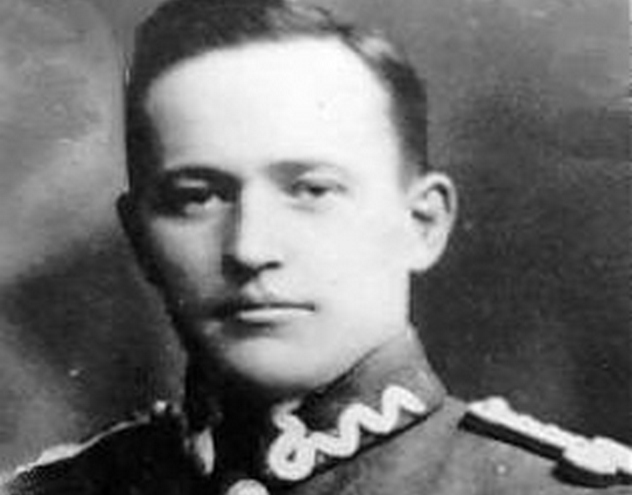
Merian C. Cooper liked to live dangerously. Although born into a wealthy family in Florida, Cooper decided to seek out a strenuous life on his own after being kicked out of the Naval Academy. He first became a journalist in the Midwest, then, when World War I broke out, Cooper joined the US Army Air Corps and began flying a DH-4 on the Western Front before being shot down behind German lines near the end of the war.
Not satisfied with his contribution to the Allied war effort, Cooper stayed in Europe as a combat aviator. When the Red Army invaded Poland in 1920, Captain Cooper organized a squadron of American fliers into the Kosciuszko Squadron, a direct homage to the Polish patriot Tadeusz Kosciuszko who fought alongside American forces during the Revolutionary War. The Kosciuszko Squadron played a pivotal role in the Polish war effort, flying some 250 combat missions, one of which helped to delay the Bolshevik cavalry from reaching Warsaw in time to swing the battle in Moscow’s favor. In a repeat of World War I, Cooper’s plane was shot down behind Bolshevik lines, forcing the American flier to languish away in a Russian prison camp for six months. He eventually escaped on foot back to Warsaw.
As a civilian, Cooper made a name for himself as a documentary filmmaker before landing on the idea that would make him famous: King Kong. For the rest of his life, Cooper would be a fixture in Hollywood as a producer, and yet the call to adventure was never far away. During World War II, Colonel Cooper flew with General Claire Chennault’s Flying Tigers in China.
3Narciso Lopez
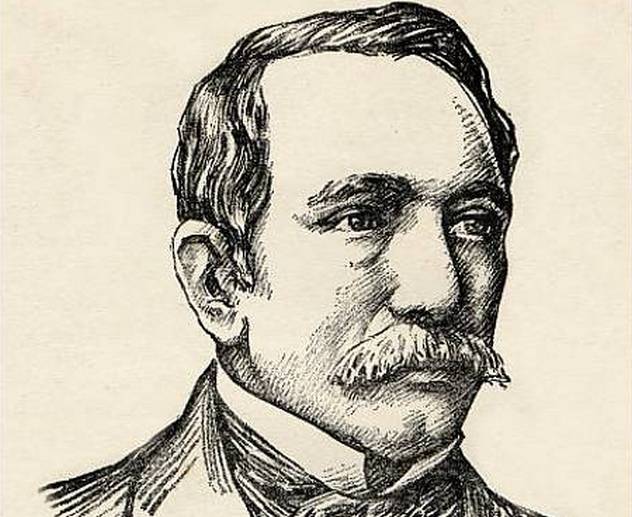
Like William Walker, Narciso Lopez was one of the most active filibusters during the 19th century. A Venezuelan-born Spanish general, Lopez dedicated most of his life to liberating Cuba from Spanish rule. That said, given that most of his soldiers came from the US South, and also given Lopez’s own stated goals, the plan was for Cuba to become an American slave state.
What is not in question is that before he was executed by Spanish forces in 1851, Lopez was the first man to fly the Cuban flag on Cuban soil after coming ashore in 1850. In fact, Lopez’s design for the Cuban flag was incorporated into the official flag, which still flies today.
Following the earlier model established by the Texas independence movement, Lopez’s military expeditions in 1850–1851 used both US volunteers and Cuban expatriates as not only soldiers but also propagandists who established pro-Cuban publications in both English and Spanish throughout the United States. Although Lopez’s filibustering campaigns ended as failures, the blueprint he left behind was picked up by Jose Marti and a later generation of Cuban intellectuals and soldiers who, with the help of a superior US force, finally removed Cuba from Spain’s dominion in 1898.
2Philo McGiffin
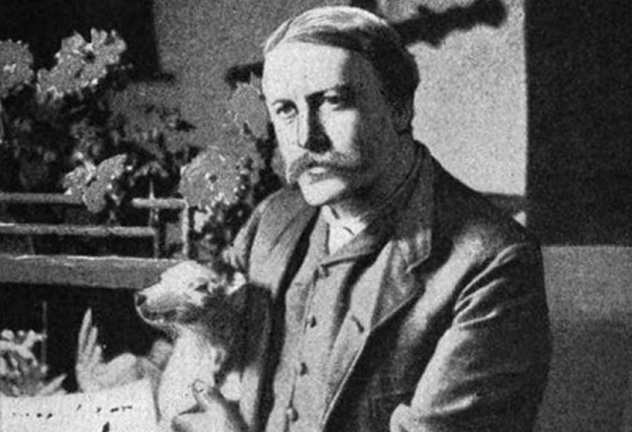
Philo T. McGiffin began his military career as a normal naval officer. The Pennsylvania native first graduated from the US Naval Academy in 1882, then joined the Pacific Squadron in 1885. This is where McGiffin’s career trajectory took a crooked turn, for the young lieutenant was discharged because there were no commissions available at the time in the entire Navy.
Instead of heading home and learning a new trade, McGiffin joined the Imperial Chinese Navy as an officer and instructor at the Naval College in Tientsin (Tianjin). At the time, the struggling Qing dynasty was trying to modernize its fleet, so McGiffin and other Westerners found officer positions pretty easily. McGiffin was not content to enjoy a privileged position, however. Not long after the end of the Sino-French War, McGiffin asked for and received $1,800 per year in order to instruct a new generation of Chinese seamen in the ways of modern warfare. For his pains, McGiffin also developed his own ideas about naval warfare that were soon put to the test.
In 1894, the First Sino-Japanese War erupted as the burgeoning power of Japan began trying to dislodge the Korean peninsula from Chinese vassalage ahead of outright annexation. During the Battle of the Yalu River, McGiffin was in charge of the ironclad Chen Yuen. The battle, which was the largest naval engagement of the entire war, became legendary after McGiffin committed to paper a report of the battle for an American magazine. Despite the fact that the Chen Yuen managed to repel all Japanese attacks, McGiffin was severely wounded during the battle. Suffering from physical and mental injuries, McGiffin sneaked a pistol into his New York hospital room and committed suicide in February 1897.
1James Long
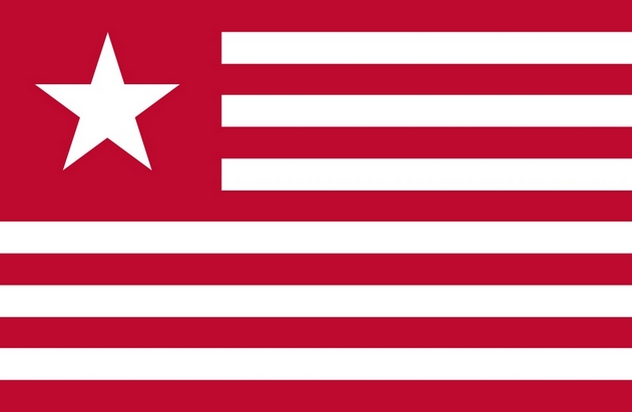
Decades before the Texas Revolution and the creation of an independent Republic of Texas, James Long, a US Army surgeon and a veteran of the Battle of New Orleans, conjured up the idea of claiming the Spanish territory of Texas for the United States. Not long after relocating to Mississippi and marrying the daughter of General James Wilkinson, Long asked his father-in-law to bankroll his adventure. The old soldier agreed. According to legend, Long also asked Andrew Jackson’s blessing before taking his private army to Nacogdoches in order to create the first Republic of Texas.
In 1819, Long and others angry about the Adams-Onis Treaty, which many believed relinquished any US claims on Spanish Texas, found many financial backers for their military expeditions. Driven by a desire for land, Long and his men left Natchez with 75 Americans and ended in Nacogdoches with 300 American, Mexican, and Native American volunteers. On June 23, 1819, Colonel Long’s men in Nacogdoches declared independence for Texas. Initially, Long tried to organize a systemic settlement of East Texas, but this quickly devolved into a scattered attempt to live off the land. After trying to get the Creole pirate Jean Lafitte to claim Galveston as part of the fledgling republic, Long went about building forts ahead of a Spanish counterattack. Inevitably, Antonio Maria Martinez, the last governor of Spanish Texas, dispatched more than 500 men to Nacogdoches and drove Long and his men back into American territory.
Not content to wallow in failure, Long regrouped and later joined a military expedition from Bolivar Point to Goliad, Texas. At this point, Spanish Texas was ruled by Mexico and had been militarily strengthened due to continuous American agitation in the region. A strong Mexican force managed to capture Long and send him to a prison in Mexico City. After six months, Long was shot by a guard who was supposedly bribed by one of Long’s former allies.
Benjamin Welton is a freelance writer based in Boston. His work has appeared in The Atlantic, The Weekly Standard, Listverse, and Metal Injection. He currently blogs at literarytrebuchet.blogspot.com.

